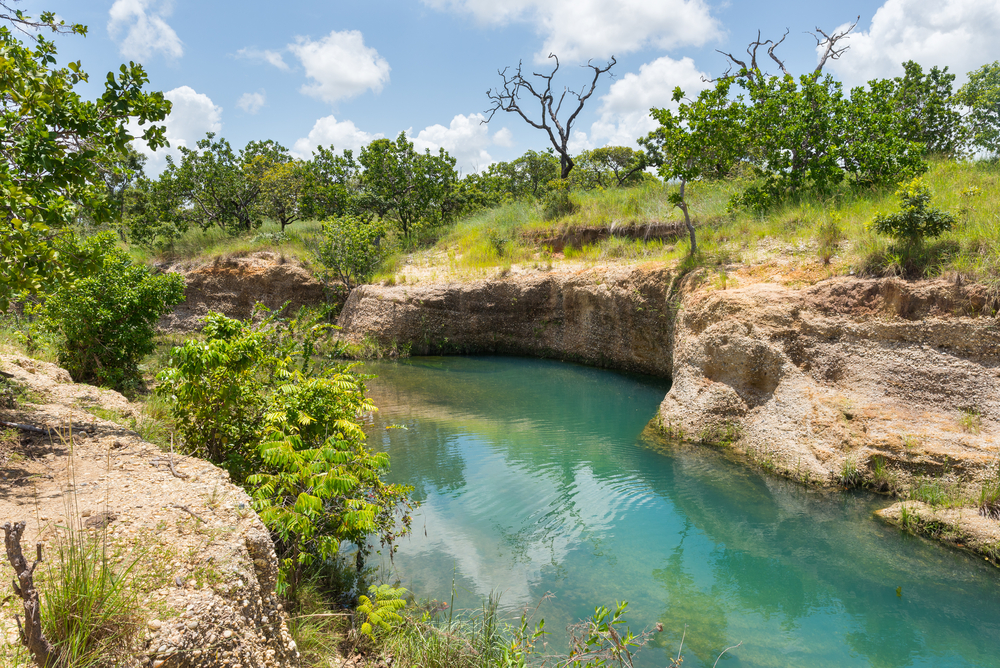Guaramacal Overview
Guaramacal National Park, known locally as Parque Nacional General Cruz Carrillo, is a protected natural area in western Venezuela. The park spans approximately 214 square miles (555 square kilometers) and is located within the Andean region, primarily in the state of Trujillo, with portions extending into Portuguesa.
Established in 1988, the park serves as a critical watershed and biodiversity hotspot within the Venezuelan Andes, offering visitors an immersive experience in one of the country’s most ecologically diverse regions.
The park’s landscape is dominated by cloud forests, high-altitude páramos, and rugged mountain ridges. The terrain varies significantly, with elevations ranging from about 3,280 feet (1,000 meters) to over 9,842 feet (3,000 meters) above sea level. The higher elevations are characterized by páramo ecosystems, with rolling grasslands interspersed with frailejón plants, which are essential for water retention and provide habitat for many endemic species.
The cloud forests at lower elevations are lush with towering trees covered in moss, bromeliads, and orchids, creating a dense and humid environment teeming with life. Rivers such as the Boconó and the Guaramacal originate within the park, making it a vital water source for the surrounding communities.
Guaramacal National Park is home to an impressive array of wildlife, making it a significant destination for nature enthusiasts and researchers. The park shelters a variety of mammalian species, including spectacled bears, an elusive and rare species found in the Andean cloud forests. Other mammals include the puma, Andean coati, and red brocket deer.
Birdwatchers will find Guaramacal particularly rewarding, as the park boasts more than 200 bird species, including the striking Andean cock-of-the-rock, the Venezuelan wood quail, and the golden-headed quetzal. The dense forests provide sanctuary for numerous amphibians and reptiles, many of which are endemic to the region.
One of the park’s most notable features is its pristine cloud forests, which support a wealth of biodiversity and serve as an important ecological corridor in the Andes. Visitors are drawn to Guaramacal for its serene hiking trails that traverse diverse habitats, from misty forests to windswept páramos.
The park offers an excellent opportunity for birdwatching, photography, and nature exploration. The area is also of cultural significance, with nearby towns such as Boconó providing insights into the traditions and history of the Andean people.
Hiking is the most popular way to experience the park, with trails leading to scenic viewpoints, waterfalls, and diverse ecological zones. Due to its relatively remote location, the park remains less visited than some of Venezuela’s other national parks, providing a tranquil escape for those seeking solitude in nature.
Researchers and conservationists often visit Guaramacal to study its unique cloud forest ecosystems and the impacts of climate change on the Andean environment.
Despite its ecological importance, Guaramacal National Park faces several conservation challenges. Deforestation, illegal hunting, and agricultural expansion pose threats to its fragile ecosystems.
However, conservation efforts have been implemented to mitigate these issues, including increased environmental education, reforestation projects, and community engagement programs. The park’s management, in collaboration with local and international organizations, continues to work toward ensuring the long-term preservation of this vital Andean sanctuary.














































































